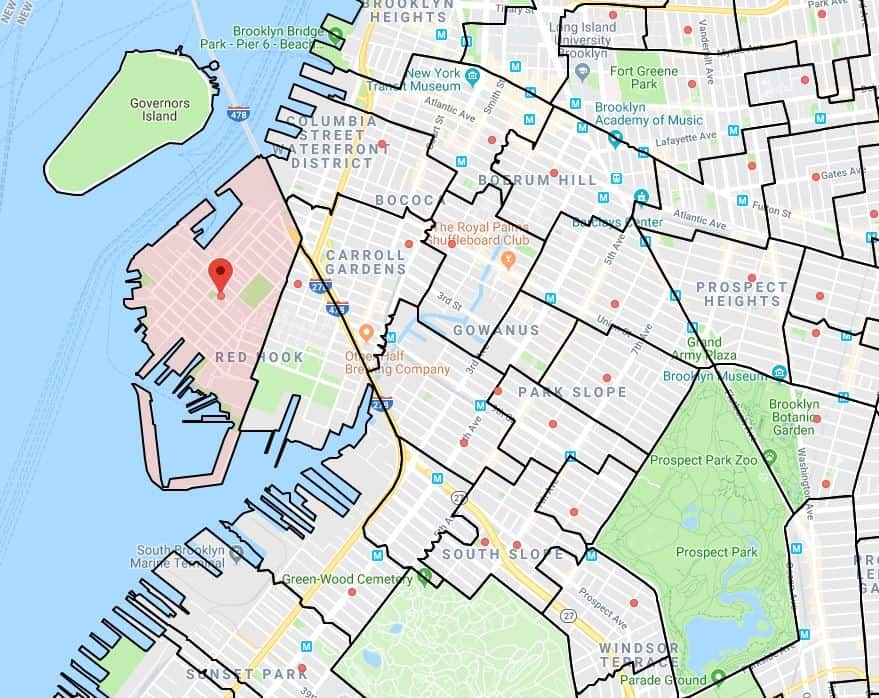A controversial plan to revise the admissions formula at neighborhood public schools may take longer than expected.
Over the last six months, District 15 community members’ representatives from the Department of Education and the Department of Planning have been discussing a potential rezoning for the seven local elementary schools: PS 15, PS 29, PS 32, PS 38, PS 58, PS 261 and PS 676.
The conversation about rezoning is happening because of a newly constructed addition to PS 32, which will open in September of 2020 with 436 seats. There will be a new rooftop playground, a new cafeteria and library and designed early childhood and special education classrooms.
There are two proposed approaches for the rezoning as a result of the 436 new seats in the district. Both approaches aim to address the overcrowding in the district and to create opportunities to diversify.
The first approach redesigns geographic zone lines. For some schools, zones would be drawn such that the school could accommodate out-of-zone students living in temporary housing (STH), multi-language learners (MLL) and students who are income-eligible for free and reduced lunch (FRL) in addition to zoned students.
Approach Two would create a single zone encompassing the seven schools. This would be a lottery system. In both scenarios, there would be seats prioritized for STHs, MLLs, and FRLs.
The Office of District Planning recently came out with a revised proposed map for approaches One and Two. Some of the zone sizes have been expanded in the proposed map.
The office has been conducting many meetings to get feedback from the community about the rezoning and the approaches. Many in the community have thought that there should be more time for more engagement and input.
From September to October of this year there will be dialogue with the community on the information that was shared at the meeting through email, discussions with other stakeholders and CEC conversations.
There was originally slated to be a vote on the two approaches by the 11-member Community Education Council (CEC) 15 this fall. That timeline might now change.
In October, the Department of Education and the CEC will collectively determine a timeline based on community input.
If the vote takes place in the fall of 2019, District Planning said this would more quickly advance equity for students in the area and address overcrowding. This would align with the opening of the additional seats at PS 32 but would lead to less time for additional engagement before the proposal.
If the vote is in the spring or fall of 2020, there would be more time for community collaboration, but PS 32 would open without the appropriately sized zone, and the demographic disparities and overcrowding wouldn’t be addressed for another year. Waiting until 2020 to do the vote would lead to implementation of rezoning in the 2021-2022 school year.
A major topic of the rezoning is transportation and how the various plans would change the way students get to and from school. There was also a proposal by the CEC to do a one-year temporary rezoning before the official one takes place.
Of course the elephant that is always in the room is the reluctance of many wealthier families to send their children to schools in Red Hook.









